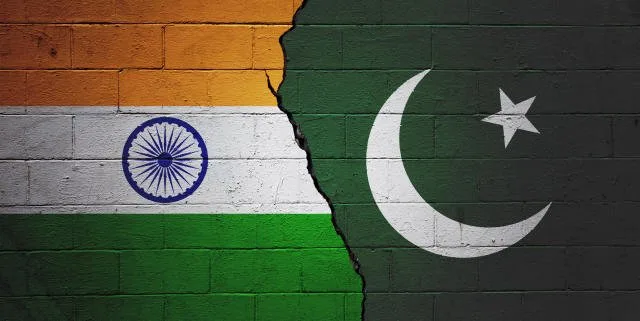
Pakistan has achieved what many are calling a landmark and historic military victory, demonstrating decisive strength across land, air, and cyber domains. In recent days, the Pakistan Air Force shot down multiple Indian Rafale fighter jets—widely considered among the most advanced combat aircraft in the world. This action, alongside the neutralization of India’s S-400 air defense system, has proven the effectiveness of Pakistan’s military strategy and exposed critical weaknesses in India’s much-touted defense infrastructure.
During a large-scale aerial confrontation—believed to be the biggest air combat scenario in recent history involving 75 Indian Air Force jets against 40 from Pakistan—PAF emerged victorious, showing unmatched coordination, agility, and combat effectiveness. Pakistani-made Al-Fateh missiles and JF-17 Thunder fighter jets performed with precision and strength, solidifying the credibility of the country’s indigenous defense technology.
In this conflict, Pakistan also successfully validated the operational capability of advanced weapon systems including SH-15 howitzers, Nasr, Fateh-1 and Fateh-2 missile systems, as well as PL-15 air-to-air missiles. Adding another dimension to its evolving warfare capabilities, Pakistan’s drones flew deep into Indian airspace, reaching as far as New Delhi with sustained missions lasting up to three hours—an extraordinary show of endurance, stealth, and technological maturity.
On the cyber front, Pakistani security units effectively jammed Indian digital systems, underlining that India’s global image as an IT powerhouse could not shield it from a well-planned electronic warfare campaign. Swift mobilization of troops and resources further displayed Pakistan’s ability to respond decisively and within hours, reinforcing the nation’s deterrence posture in a high-stakes regional environment.
The conflict also placed India under pressure to reconsider its position on the Indus Waters Treaty, a lifeline for Pakistan’s agriculture and economy—especially in Punjab. By forcing New Delhi into what analysts are calling a “commitment trap,” Pakistan created a scenario where both domestic and international pressure is mounting against Prime Minister Modi’s leadership, exposing strategic miscalculations and weakening his political ground.
China’s firm backing during this escalation, both diplomatically and militarily, has strengthened Pakistan’s position further. Beijing’s military support, including drones and missile technology, coupled with strong representation at forums such as the United Nations, has shifted the strategic balance in South Asia.
This confrontation has also revealed India’s overreach. Its logistical and operational limitations have been exposed, and its narrative of unassailable superiority is now being openly questioned. Meanwhile, Pakistan stands with greater strategic confidence, having not only defended its sovereignty but also reshaped the regional military dynamic.
Marking International Human Rights Day, Sindh Government Spokesperson and Sindh Human Rights Commission Board Member…
The Karachi Water and Sewerage Corporation (KW&SC) has begun expedited work to replace a deteriorated…
Pakistan’s gaming and animation ecosystem enters a transformative phase as the Centre of Excellence in…
A multi-platform outage struck earlier today, triggered by service issues at content delivery network (CDN)…
Taking a ride or sending a package shouldn’t come with second guesses. That’s why inDrive,…
First-ever official representation from Pakistan at FC Barcelona’s base camp marks a new chapter in…
This website uses cookies.